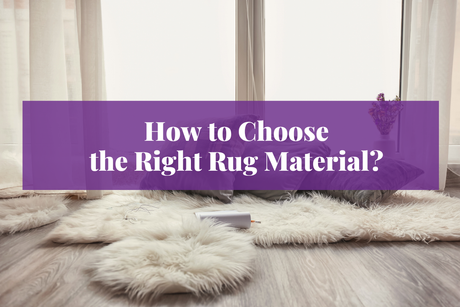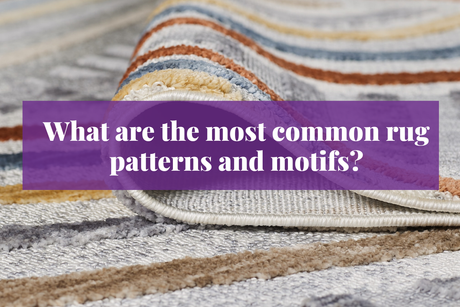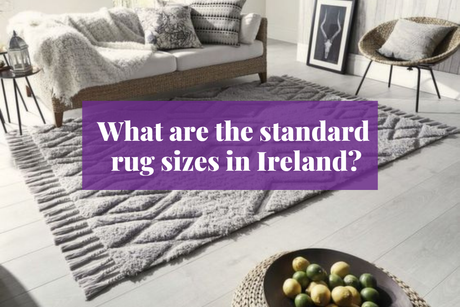Microfibre upholstery
Microfibre upholstery is known for its durability and ease of maintenance. It is a popular choice among all types of homeowners.
Here are the pros and cons of choosing a microfibre upholstered sofa for your home:
Pros of microfibre sofa upholstery:
- Durability: Microfibre is very resistant to wear and tear, and is known for its durability. It is ideal if you are looking for longevity in a sofa and it will withstand many years of use.
- Stain-resistant: Microfibre is a great choice if you have little ones in the home, as it is resistant to stains and is hydrophobic, which means any spills will bead up on the surface of the fabric rather than soak in.
- Easy to clean: As microfibre is so easy to clean, it is an ideal choice for busier homes. Most stains can be easily removed with a damp cloth.
- Softness: Known for its comfort, microfibre is soft to the touch, making it a wonderful option no matter what your style preferences are.
- Cost-effective: Everybody loves a bargain! Microfibre is a much more budget-friendly option than its counterparts, such as leather or silk.
Cons of microfibre sofa upholstery:
- Not resistant to oil-based stains: Oil-based stains tend to leave a mark on microfibre materials.
- Static: As microfibre can create static electricity, it can sometimes tend to attract and retain dust and hair.
- Can look cheap: Microfibre doesn’t possess the natural look of materials such as wool or leather, and it sometimes looks cheaper than more luxurious options.
- Limited breathability: Microfibre upholstery can feel hot in the summer and cold in the winter as the fabric doesn’t breathe.
- Damage from excessive water: Most water spills will not damage microfibre, however, excessive water spills will tend to damage the fabric.
- Not eco-friendly: As microfibre is synthetic and derived from petroleum products, it is not as environmentally friendly as other options.
Chenille sofas
One of the nicest things about fabric sofas is the soft feel of its fabric, and that’s one of the reasons that chenille is an especially in-demand pick. A soft, fuzzy fabric that can be made of natural or synthetic fibres, chenille sofas are appealing due to their cosiness and gorgeous texture.
Chenille is named after the French word for caterpillar, so called due to the fuzzy pile that forms when strands of yarn are twisted together to create the fabric. Chenille fabric creates sofas that are comfortable as they are classic.
Pros of chenille fabric:
- Versatility: Often referred to as the poor man’s velvet, chenille fabric is extremely versatile. It is both soft and durable and comes in a wide variety of colours and patterns. Chenille is used across a range of interior design themes, as well as an array of home furnishings.
- Comfort: Chenille fabric is an ideal option for your sofa as it provides the ultimate experience of comfort and relaxation. It is extremely soft to the touch, and it is also visually inviting.
- Durability: Known for its durability, chenille fabric is made by weaving yarn, or short materials, onto fabric strand. It therefore withstands a lot of wear and tear, and it will serve you well over time.
- Warmth: Due to its dense weave, chenille fabric provides lots of warmth.
Cons of chenille fabric:
- Maintenance: Due to its texture, chenille fabric may require more maintenance than other fabrics. It can be prone to pilling and may require additional dusting and vacuuming.
- Sensitivity to sunlight: Chenille is sensitive to sunlight and may fade over time and lose its pile and colour, it is therefore recommended that you avoid placing a chenille couch close to windows, particularly if you live in a hot climate.
- Snagging: Unfortunately, a gorgeous comfy chenille sofa can be prone to snagging, it is therefore not suitable for pets or young children.
- Cleaning: Chenille fabric is difficult to clean and fades easily. Most chenille fabrics are not machine washable, as it may stretch out irreparably, and it require professional cleaning.
- Weight: Chenille is a heavy fabric, this may not be a suitable option for warmer climates or for those who have a tendency to get too hot.
With so many diverse choices to select from, navigating the world of sofa upholstery can sometimes be a daunting task. However, once you consider your lifestyle and the functionality, maintenance, and comfort requirements of your sofa, you will be sure to pick the perfect one to suit your space. Consider the pros and cons of every upholstery style as well as the overall design aesthetic you are aiming for, and you will be well on your way to selecting a perfectly plush sofa that you will enjoy for many years to come.
Now that you're equipped with these insights, why not take the next step? We invite you to explore our extensive collection of sofas. With a wide range of styles, designs, and fabrics, you're sure to find a piece that perfectly fits your needs and aesthetic. Start your journey towards finding your perfect sofa now.




